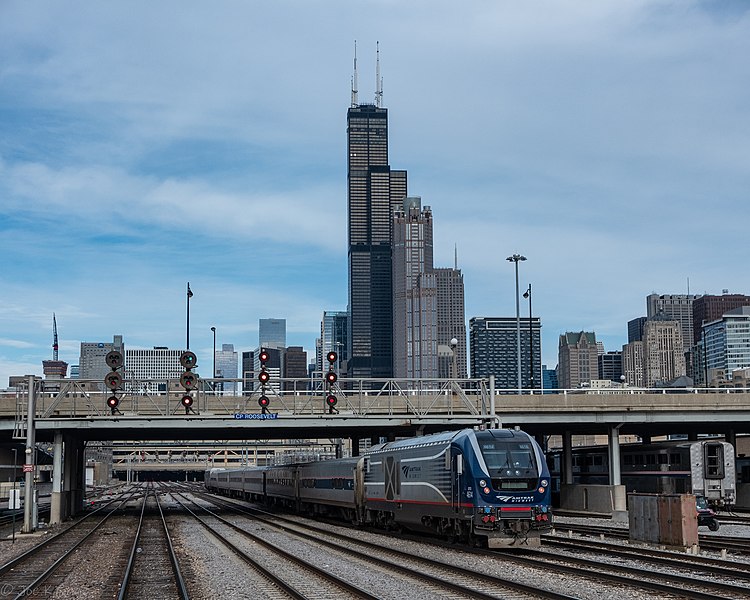by: Adam Roberts
Last month, President Biden released the American Jobs Plan. This proposal addresses traditional infrastructure like transportation, utilities, and public buildings, but includes a great deal of “human infrastructure” as well, such as job training and in-home care. While a congressional bill to implement the plan has not been introduced yet, and therefore may be different than what the president has released, his proposal nonetheless represents a major commitment to numerous architectural priorities. To better understand what is being recommended, please read the cost estimations for each aspect of the plan released by The New York Times.
Transportation, long underfunded by the federal government, is one of the central aspects of the plan. Most notably, it makes a major federal investment in electric vehicle (EV) incentives, intended to accelerate adoption of EVs. It also provides an increased proportion of federal funding for mass transit and rail compared with private automobiles. These elements of the plan would significantly improve currently existing transit modes and systems such as Amtrak. However, the plan would likely not sufficiently fund nationwide adoption of more novel modes of transit, like high-speed rail, or alternative modes of transportation, like protected bike lanes.
The proposal allocates the largest group of funds to buildings and utilities, most notably affordable housing. According to the administration, the $213 billion investment aims to “produce, preserve, and retrofit more than two million affordable and sustainable places to live.” This not only includes additional funding for grants, but changing policies around how those grants are distributed in order to reduce exclusionary zoning. Housing is not alone among this group of investments, which also includes $100 billion each in proposed funding for improvements to the grid and public schools.
Lastly, the administration is recommending two other areas to receive funding: jobs and innovation and in-home care. These areas focus heavily on “human infrastructure,” improving our workforce and the technology workers use for public benefit. These proposed investments are also intended to improve the nation’s ability to more effectively implement those more traditional infrastructure improvements the plan seeks to fund.
It is still too early to tell what the initial congressional bill version of the plan will look like, let alone its final bill version. There has been a great deal of advocacy by numerous groups to influence where and how funding is directed. Republicans have been vocal in proposing that the bill be dramatically reduced and focused largely on funding automobile infrastructure, such as roads and bridges. AIANY will keep its members updated as the plan progresses.
Pulse Points:
- On Friday, May 14, from 9:45 – 11:15 am, AIANY is hosting its two Highly Rated candidates for mayor, former HUD Secretary Shaun Donovan and Comptroller Scott Stringer. AIANY members will be able to interact with the candidates and learn how they plan to push their architectural ideas for the city.
- On Thursday, May 27, from 9:00 – 10:00 am, AIANY will host Council Member Brad Lander, who is running for NYC Comptroller. Our next comptroller will be faced with addressing many critical issues around on-time payments, procurement policies, and MWBEs.








